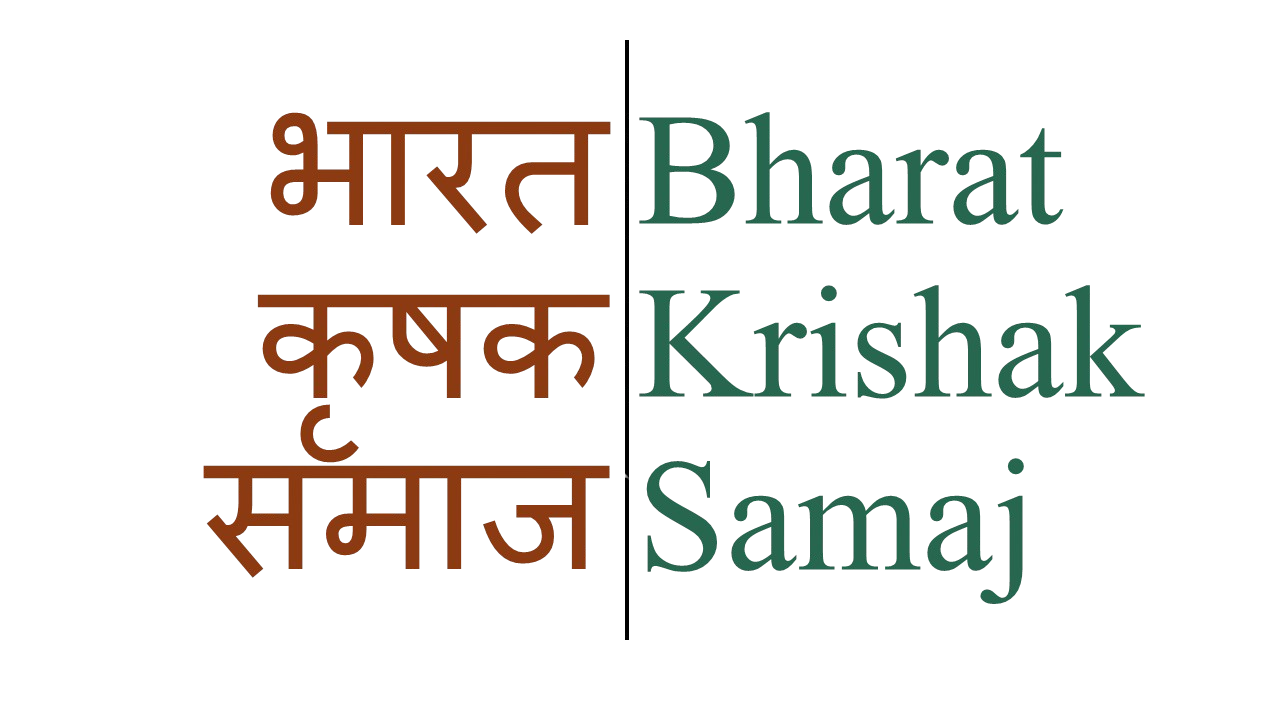People support independent voices, in this case, the Farmers’ Forum, now 24 issues old. Yet they go to any length to thwart independence if it is contrary to their views
It has been four momentous years of 24 issues of Farmers’ Forum. It has tried to provide an independent platform for different opinions on farming; some of them voices in the wilderness. It has made an effort to invite domain specialists and independent experts (upwards of 100 at last count) to its programmes and sought their views on what it publishes. People speak out in support for independent work but go to any length to thwart independence if it is contrary to their views and expectations. In that respect and more, Farmers’ Forum feels proud of having covered so much territory in four years. Without doubt it could not have done so without the editorial support team, designers and the printers, to name just a few.
Farmers’ Forum has tried to generate some understanding amongst those that influence agriculture policy of the alternatives that exist to their policies and the impact of the policies formulated. Along the way, it learnt, amongst other things, that those who know how to farm cannot express themselves as well as those who articulate well on the farm economy but do not farm.
Understanding of such simple things as the timing of the rain is no less important than the percentage of normal rain that remains deficient. The spell of heavy rains in September reduced the seasonal deficit to 87 per cent. Statistically this may appear good but unseasonal rains closer to harvest time actually damage the crop. Harvest time varies with movement of the sun over latitudes; the same rain that is beneficial for one crop or one region may play havoc for other crops or regions.
In 1875, when the Indian Meteorological Department (IMD) started, it would have been more probable to expect an accurate weather forecast by 2014 than the ‘Mangalyaan’ space probe to planet Mars. That was not to be and though India reached Mars, dependable weather forecasts remained elusive. The IMD predicts aggregate rainfall in percentages over vast regions, which is good for statistics but not useful for planning crops. Consider this year’s IMD forecast of a 60 per cent chance that El Nino would impact monsoons. Chances of being wrong on such a wide prediction or the information being useful were slim.
Monsoon prediction in India lacks accuracy and is not location specific (block level, not district level information is what is needed) rendering the forecast irrelevant for individual farmers. This is not to say that there has been no improvement. Short-term forecasting (one week) has improved reasonably in the last few years, medium-term forecasting remains unreliable and there is no medium-range prediction about winter rains. A farmer needs a medium-term forecast (three months) to plan a cropping pattern.
The cost-benefit analysis of an effective weather advisory will prove invaluable to the nation and help farmers to decide what to do or not to do; to reduce losses, risks and improve quality of produce and productivity. It will be far more valuable than any grandiose scheme like interlinking of rivers. The same could be used for crop-based weather insurance, which is as good as non-existent for the majority of farmers.
For example, this year paddy and Basmati farmers are incurring losses as the cost of cultivation has increased on account of extra consumption of electricity, diesel and expenses on re-boring of deeper tube-wells due to falling water tables. To make things worse, the market price is much less than last year.
Prices of non-perishables not only paddy and rice but cotton, mustard, maize, soyabean, masur (lentil), gram, wheat (open market) are all selling 20 per cent or more below and last year’s high. These are not perishables; such sharp decline in prices will destroy the dream of ‘achhe din’ for farmers. Prices of agriculture commodities in the international market are on the downswing and are expected to remain moderate for some time to come.
Farmer’s efforts have enabled India’s food production targets to be met and controlled food inflation to some extent. The government must mitigate farmer distress on account of rainfall woes by announcing bonus for such farmers. Now, that no major elections are due, political expediency must not interfere with decisions on relief measures. Given India’s curious way of thinking, the same economists who oppose the relief bonus to farmers may well suggest a tax on falling rain should the IMD make its forecasts more reliable!




